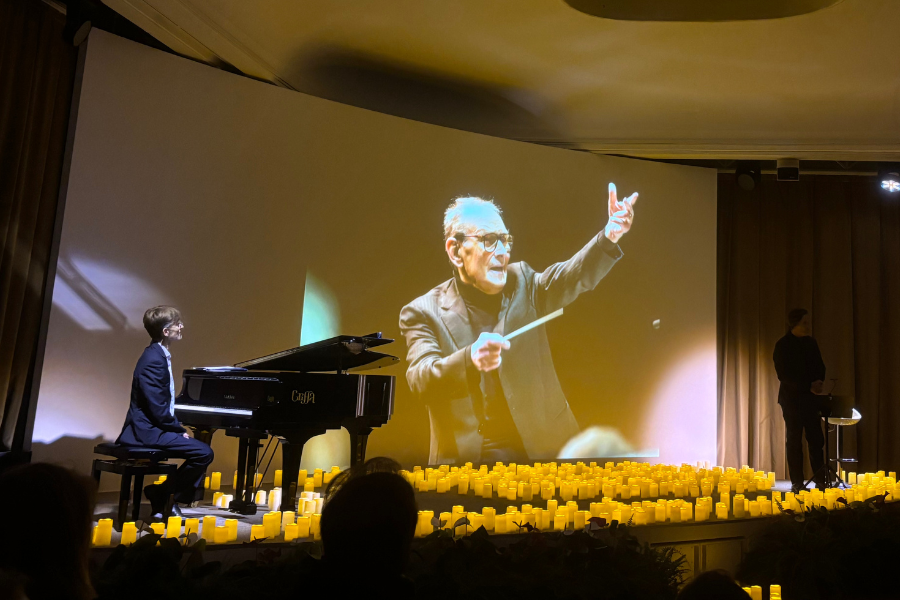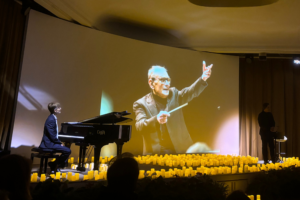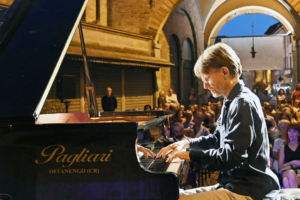The 5 most poetic and evocative soundtracks in cinema

When it comes to movie soundtracks, there’s always something extremely personal and subjective about it. Cinema music undoubtedly has the power to evoke deep emotions, and every viewer will have his own preferences. This is my selection, of course incomplete and dictated by memories, sensations, and artistic choices that have particularly struck me. But these five soundtracks, in my opinion, are among the most poetic and evocative in the history of cinema.
1. Once Upon a Time in America – Ennio Morricone
The soundtrack of Once Upon a Time in America is a true sonic masterpiece, capable of amplifying the visual narrative and giving it a unique emotional depth. Morricone’s music transforms Sergio Leone’s film into a Greek epic, evoking the passage of time, unbreakable bonds, but also betrayal and loneliness. Every theme seems to bridge memory and the present, immersing the viewer in a sea of nostalgia and passion that emanates from every note.
2. Il Postino – Luis Bacalov
A heartbreaking and delicate piece of music, seemingly bidding us farewell, as if it were a sweet and melancholic goodbye. Bacalov, for Michael Radford’s Il Postino, wrote one of the most touching and intimate soundtracks in cinema. His melody evokes the world of the island and poetry, framing the love story between the postman and the woman he loves, but also reflecting on the beauty of life and its fleeting nature. The sadness that permeates his notes is tinged with a sense of abandonment and hope, touching the heart every time we listen to it.
3. Les Parapluies de Cherbourg – Michel Legrand
The music for Les Parapluies de Cherbourg, directed by Jacques Demy, is among the most refined ever written for a film. Michel Legrand manages to intertwine the elegance of French music with the sweetness of a love story that seems destined not to be. Every note is a wave that envelops and reassures, yet also slightly hurts, accompanying the tale of a youthful love that defies fate. The soft orchestrations and timeless melodies give a sense of nostalgia and eternal beauty to one of the most poetic stories in cinema.
4. Eyes Wide Shut – Various Composers
In Eyes Wide Shut, Kubrick chooses a soundtrack made up of non-original pieces, yet these have become, for many, inextricably linked to the film’s imagery. The choice of Ligeti and Shostakovich is perfect: the “Musica Ricercata” with its slow and ominous rhythm creates a mysterious and unsettling atmosphere, guiding us into a nocturnal world filled with obsessions and suspicions. The waltz from Shostakovich’s Jazz Suite, almost in contrast, evokes the daily normalcy of a couple but also the fragile appearance of a bourgeois life that hides inner torment. Each piece becomes a symbol of a different dimension, a different face of the same reality.
5. Pensavo fosse amore… invece era un calesse – Pino Daniele
The melancholic and passionate “Quando” by Pino Daniele, written for the film Pensavo fosse amore… invece era un calesse, is a piece that strikes deeply. The song tells of love in all its nuances: passion, disappointment, and sadness. The music almost becomes the inner voice of the protagonist, a bitter awareness of how love can take unexpected, painful, but also liberating turns. The simplicity and intensity of the piece express a feeling of abandonment, but also redemption, while Troisi’s film touches on universal and personal chords.
Each of these soundtracks is a reflection on the human condition, its dreams, pains, and hopes. Music, like cinema, is capable of crossing time and space, making stories and emotions universal, and allowing us to feel, even for just a moment, closer to our soul







